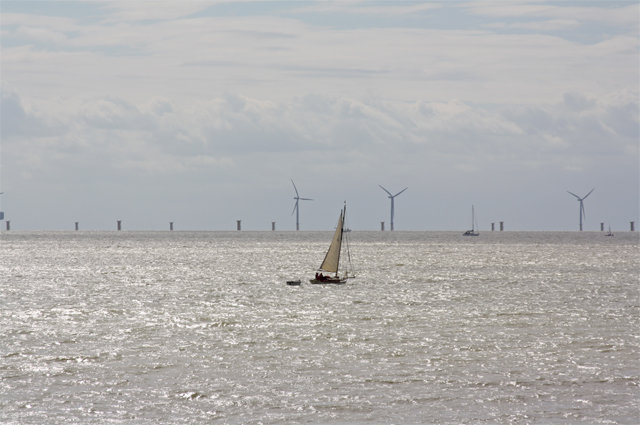The European Commission has recognised the critical role that offshore renewable resources, especially offshore wind, will play in enabling the Union to become climate neutral by 2050. It has set ambitious deployment targets as part of the EU Strategy on Offshore Renewable Energy.
Modelling undertaken by E3G and researchers from Imperial College London suggests an estimated €30-60bn in savings are available in the period out to 2050 from establishing an offshore grid that connects offshore wind capacity and links the power systems of coastal countries, including non-EU countries.[1] In addition to cost savings, this approach would reduce the number of onshore connections and their associated environmental impacts.
This briefing summarises the modelling and sets out four ‘critical path’ recommendations if the EU is to realise these benefits:
- The TEN-E Regulation and the Renewable Energy Directive should be used to establish the process for delivering an integrated offshore network. This should include new mechanisms for grid planning and for allocating the costs and benefits of offshore assets. There should be a specific requirement on member states to co-operate to define the integrated offshore grid that will allow them to deliver their offshore wind ambitions at least cost. Initial network plans should support delivery of the EU’s 2030 ambitions.
- The European Scientific Advisory Board on Climate Change, which will be established under the recently approved EU Climate Law, should be requested to provide independent science-based advice on the key assumptions that should be used to develop the network plan. It should also maintain oversight on the entire process to ensure outcomes are aligned with the climate neutrality pathway. This is because the optimal deployment of offshore resources depends critically on a wide range of assumptions about the future use of gas and the nature of energy consumption.
- The EU and UK should commit to proceed with a shared offshore network project that connects offshore wind farms (so-called ‘hybrid interconnector’) by the end of 2021 such that it becomes operational before the end of 2029. There are significant benefits for both the EU and UK from ensuring the offshore power networks connects offshore renewable resources and onshore power networks of both parties. With little time available, a political commitment is required to inject urgency and establish a process to realise the benefits. This commitment should be underpinned by a new memorandum of understanding to develop the regulatory framework and delivery processes by the end of 2023.
- The EU should establish new mechanisms to enable and promote Europe-wide buy in to the North Seas project. Participation of all stakeholders including those outside the energy industry and not in countries with a North Seas coast is appropriate given the overall strategic importance of the project to EU climate targets and economic growth.
[1] Compared to the situation where countries establish independent offshore networks.


